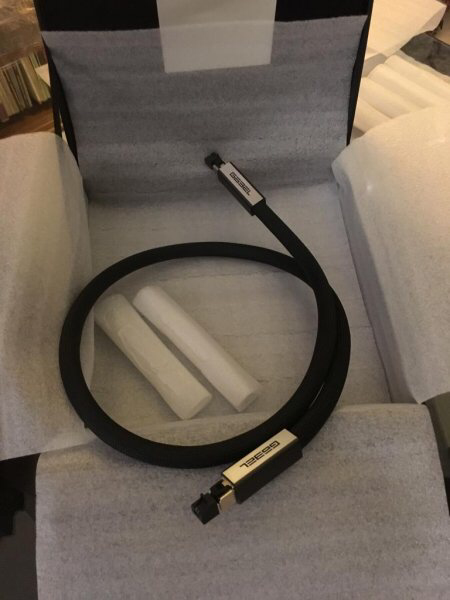This is the problem with people and cables, the assumption that different is better. I think he got good advice. Choose your levels of distortion and RF intrusion somewhere else. Maintain the signal quality at least to the DAC. When you have EVERY piece changing the sound, then it’s really really really hard to tell when you do anything right. You need a starting point, and the cleanest digital is a great place to start. Then choose your distortions you like, choose SET’s, vintage speakers, diffracting speakers, whatever it is that you like the sound of.
Unless the routers are setup for shields and run balanced, then shields probably do nothing but warp phase. Unless the whole setup is made for something beyond cat6, and the features are standard, it’s probably a downgrade - but it might sound different!
As mentioned in another thread, I like the idea of using fiber to isolate, and then making the fiber reciever be super low noise. That to me is probably the best way you can maintain signal integrity and leave noise behind. Instead people are creating ground loops, warping phase, etc, to hear something else.
That may be your idea of problems with people and cables. There is absolutely no reason not to use every component in your system to allow you to get closer to the sound "you" want to hear. If cable A gets you closer to what you want to hear than cable B it doesn't matter what it is doing to get you there. You are making a lot of assumptions as to what is happening as individuals try various devices and or interconnects within their set-ups.
I don't disagree with your point that if you are changing several items at once it is difficult to determine which change(s) is ultimately doing what to your system. We all have our methods for auditioning and introducing different components in our set-up. I would hope I could isolate each product I insert in my set-up but there have been times when changes have overlapped.











